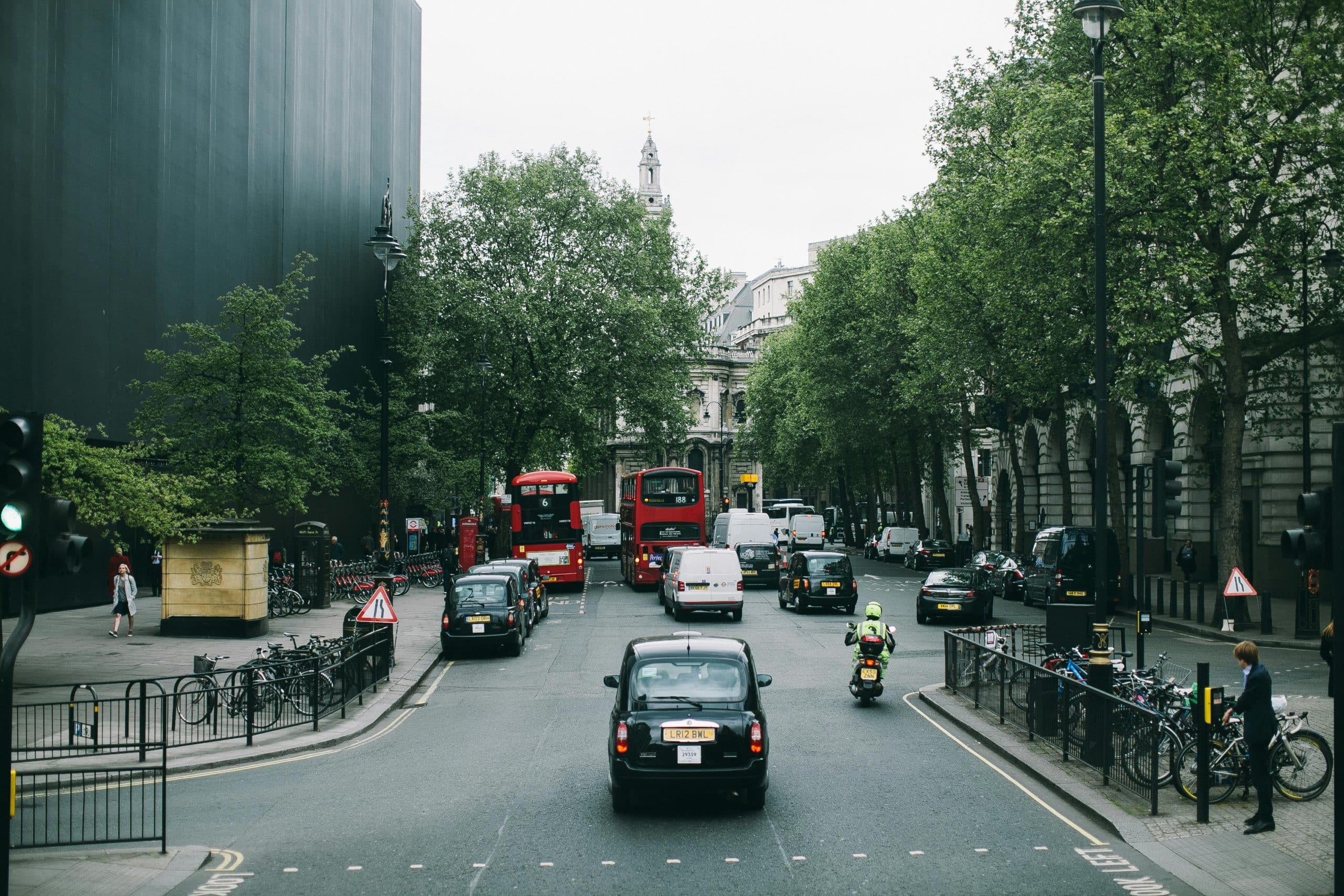A self-driving car, also known as an autonomous vehicle, is no longer a concept confined to the realms of science fiction. Today, we are living in an age where these advanced vehicles are emerging onto our streets, raising both excitement and apprehension. One of the most intriguing aspects of these vehicles is their interface with urban traffic systems. How do they fit into the bustling traffic of our cities?
Understanding the basics: How self-driving cars work
Before diving into the intricate dynamics of how self-driving cars interface with urban traffic systems, let’s first understand the fundamentals of how these vehicles operate.
Also to see : What Are Effective Digital Strategies for Enhancing Museum Accessibility?
A self-driving car relies on advanced technologies, including artificial intelligence (AI), machine learning, and computer vision, alongside an array of sensors, like LIDAR (Light Detection and Ranging) and RADAR (RAdio Detection And Ranging), to navigate through the world. These technologies enable the vehicle to perceive its surroundings, identify objects, pedestrians, and other vehicles, understand traffic rules, and make decisions based on this information.
The car’s AI system analyses the data from the sensors, which it then uses to create a detailed map of its surroundings. This map helps the vehicle determine where it is, where other things are, and what they might do next. Machine learning algorithms enable the car to learn from past experiences and improve its performance over time.
This might interest you : Sightseeing in Rome: why opt for a guided tour ticket ?
How self-driving cars interact with urban traffic
Now that we understand the basics of how these cars operate, let’s explore their interaction with urban traffic systems.
The urban traffic environment is complex, with a multitude of elements that need to be considered. These include other vehicles, pedestrians, cyclists, traffic signals, road signs, and more. How does a self-driving car process all this information while ensuring a smooth and safe drive?
First, the vehicle’s sensors continuously scan the environment, creating a 360-degree view around the car. This real-time data is used by the AI system to identify and classify objects, predict their future movements, and determine the best course of action.
Moreover, self-driving cars are designed to strictly adhere to traffic rules. They stop at red lights, yield to pedestrians at crosswalks, and maintain the speed limit. Since these vehicles operate based on pre-defined algorithms and lack the human propensity for error or reckless behavior, they have the potential to reduce traffic accidents and improve road safety.
How self-driving cars communicate with other road users
Another important aspect of how self-driving cars interface with urban traffic systems is communication. How do these vehicles communicate their intentions to other road users?
Self-driving cars use Vehicle-to-Everything (V2X) communication, a technology that allows them to exchange information with other vehicles, infrastructure, and even pedestrians. For instance, a self-driving car can send signals to a pedestrian’s smartphone, notifying them of its intentions.
Additionally, some manufacturers are exploring the use of visual signals, like lights or symbols, to communicate with other road users. These signals could indicate when the car is about to turn, stop, or yield, helping to create a safer and more predictable traffic environment.
How self-driving cars adapt to changing traffic conditions
Traffic conditions can change rapidly, with congestion, accidents, roadworks, and other unexpected events creating complex scenarios for self-driving cars. So, how do these vehicles adapt to changing traffic conditions?
Self-driving cars have the ability to monitor real-time traffic data, using it to identify congestion, reroute to avoid heavy traffic, or adjust their speed to match the flow of traffic.
Furthermore, these vehicles can also handle unexpected situations, like a pedestrian suddenly crossing the road or another car cutting in front. They do so by continuously analysing their environment, predicting potential outcomes, and choosing the safest response.
How self-driving cars contribute to smarter traffic systems
Finally, it’s worth exploring how self-driving cars could contribute to smarter, more efficient traffic systems in our cities.
With their ability to communicate and share data, self-driving cars could help create a connected, intelligent urban traffic system. Information about traffic conditions, accidents, and roadworks could be shared between vehicles, allowing them to adapt their routes and driving behavior, reducing congestion and improving traffic flow.
Moreover, self-driving cars could also interact with traffic infrastructure, like traffic lights and road signs, to optimize their performance. For instance, a traffic light could communicate with a self-driving car to optimize the timing of green lights, reducing unnecessary stops and improving traffic flow.
In conclusion, self-driving cars interface with urban traffic systems in complex and intelligent ways. Through their advanced technologies and communication capabilities, they can navigate safely and efficiently in urban environments, adapt to changing traffic conditions, and even contribute to smarter traffic systems. As these vehicles continue to advance and become more prevalent, they have the potential to significantly transform our urban traffic landscapes.
Role of autonomous vehicles in transforming public transportation
The impact of autonomous vehicles on public transportation systems is another critical aspect to consider when looking at how self-driving cars interface with urban traffic systems.
While the majority of discussions around autonomous driving have focused on personal vehicles, the potential for autonomous public transportation is vast. Buses, taxis, and shuttles powered by autonomous technology could revolutionize mass transit, offering improved efficiency and accessibility.
Real-time communication between autonomous vehicles and transportation management systems can enhance scheduling and routing, reducing unnecessary stops and delays. Moreover, as these vehicles strictly adhere to traffic rules and can adapt their speed to match traffic conditions, they could contribute to a smoother, less congested traffic flow.
Additionally, self-driving vehicles could also make public transportation more inclusive. For individuals with mobility issues or those unable to drive, autonomous vehicles could provide a safer, more convenient transportation option.
Furthermore, the environmental benefits of autonomous public transportation are significant. With the potential for electric operation, these vehicles could contribute to reducing carbon emissions, supporting efforts to create greener, more sustainable cities.
Autonomous cars and their impact on future urban landscapes
Looking forward, autonomous cars could have a profound impact on the design and function of our urban landscapes.
In a city filled with self-driving cars, the need for parking spaces could be drastically reduced. These vehicles could drop off passengers and then move on to their next task, eliminating the need for parking lots in city centers. This could free up substantial amounts of space, which could be repurposed for green spaces, pedestrian zones, or other community facilities.
Additionally, autonomous cars could also lead to a shift in the layout of our cities. With the potential for fewer accidents and smoother traffic flow, city planners may no longer need to design roads and highways to accommodate human error. This could result in narrower lanes, more space for cyclists and pedestrians, and a more pleasant urban environment overall.
In the future, we might even see dedicated lanes for autonomous vehicles, enhancing their efficiency and safety. Moreover, the integration of intelligent transportation systems, including connected traffic lights and road signs, could further optimize traffic flow and reduce congestion.
Conclusion
As we move closer to a future where self-driving cars become the norm, it’s clear that these vehicles have the potential to significantly transform our urban traffic systems. Their ability to perceive and interpret their environment, adhere to traffic rules, communicate with other road users, adapt to changing traffic conditions, and even contribute to smarter, more efficient traffic systems is nothing short of revolutionary.
Moreover, the impact of autonomous vehicles extends beyond traffic management. From revolutionizing public transportation to reshaping our urban landscapes, the advent of self-driving cars holds immense promise.
As technology continues to advance, it will be fascinating to see how self-driving cars further interface with and enhance our urban traffic systems. The road to fully autonomous driving may still have challenges to overcome, but the potential benefits are certainly worth the journey.











